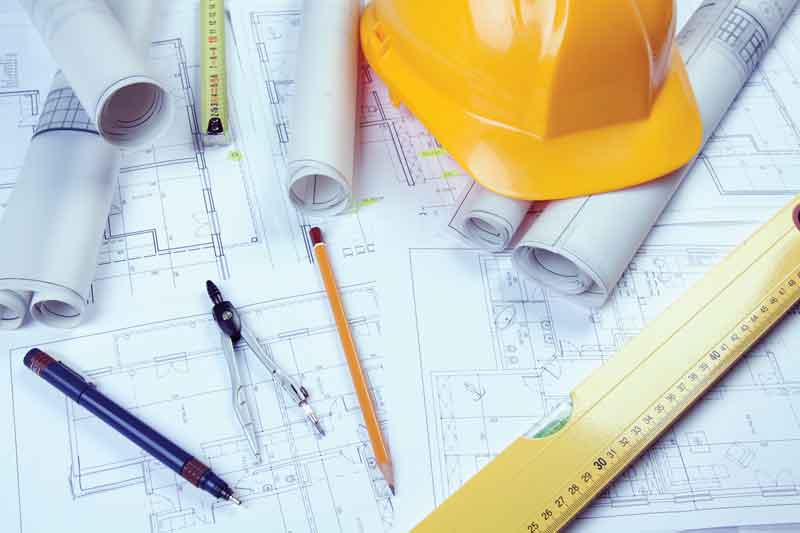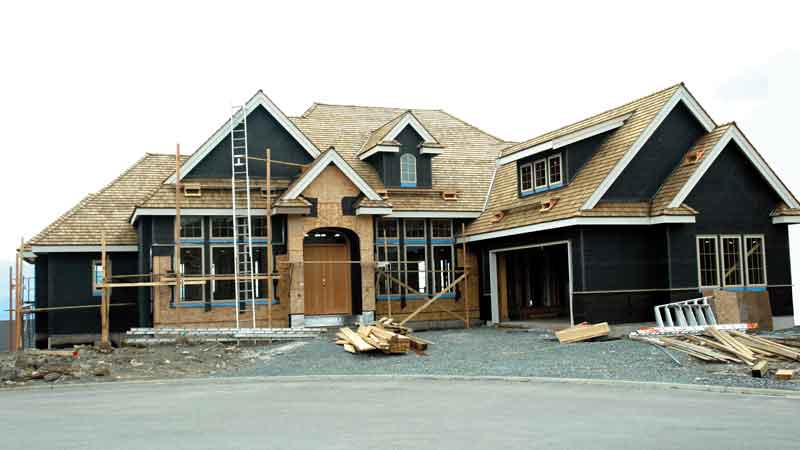DOE Announces $30 Million for Energy-Efficient Housing Partnerships
 The U.S. Department of Energy continues its goals of retrofitting American housing with greener energy solutions. The DOE today announced 15 research and deployment partnerships to help dramatically improve the energy efficiency of American homes. These highly-qualified, multidisciplinary teams will receive a total of up to $30 million for the initial eighteen months of the projects to deliver innovative energy efficiency strategies to the residential market and address barriers to bringing high-efficiency homes within reach for all Americans.
The U.S. Department of Energy continues its goals of retrofitting American housing with greener energy solutions. The DOE today announced 15 research and deployment partnerships to help dramatically improve the energy efficiency of American homes. These highly-qualified, multidisciplinary teams will receive a total of up to $30 million for the initial eighteen months of the projects to deliver innovative energy efficiency strategies to the residential market and address barriers to bringing high-efficiency homes within reach for all Americans.
A total of up to $20 million per year will also be made available for the partnerships for three potential one-year extensions. These research and deployment partnerships will provide technical assistance to retrofit projects and will leverage industry expertise and funding to support DOE’s energy efficiency retrofit programs. This effort will support the Department’s Retrofit Ramp-Up initiative, announced by Vice President Joe Biden in April, which brings communities, governments, private sector companies and non-profit organizations together to deliver energy-efficiency upgrades — or retrofits — to whole neighborhoods and cities.
“Home energy efficiency is one of the easiest, most immediate and most cost-effective ways to reduce carbon pollution and save money on energy bills, while creating new jobs,” said Secretary of Energy Steven Chu. “By developing and using tools to reduce residential energy use, we will spur economic growth here in America and help homeowners make cost-cutting improvements in their homes.”
The partnerships announced today will provide additional support to ongoing retrofit initiatives that are making cost-effective energy efficiency retrofits easily accessible to hundreds of thousands of American homes and businesses. These partnerships will research and deploy new technologies and demonstration projects, and provide systems engineering, quality assurance and outreach for retrofit projects throughout the country.
Existing techniques and technologies in energy efficiency retrofitting — such as air-tight ducts, windows and doors, heating and cooling systems insulation and caulking — can reduce energy use by up to 40 percent per home and cut energy bills by $40 billion annually.
The government’s selections were made though the DOE Building Technologies Program, which forges research partnerships across the residential building industry to develop cost-effective solutions that dramatically reduce the average energy use of housing while improving comfort and quality. To find out more, visit the Buildings Technology Program website.
To further support the broad deployment of energy efficiency building retrofits, DOE is hosting the Residential Building Energy Efficiency Meeting 2010 in Denver, Colo., today (from July 20-22), to present cutting-edge research results, identify key stakeholder and market transformation needs and facilitate collaboration opportunities between conference participants. This conference is targeted to researchers, architects, contractors, manufacturers, builders, utilities, legislators, lenders, realtors, auditors, raters, installation technicians, HOA representatives and anyone else interested in creating substantial connections with the field.
To read a brief description of the selected teams, which will each receive between $500,000 and $2.5 million depending on their performance, visit this DOE web page.

